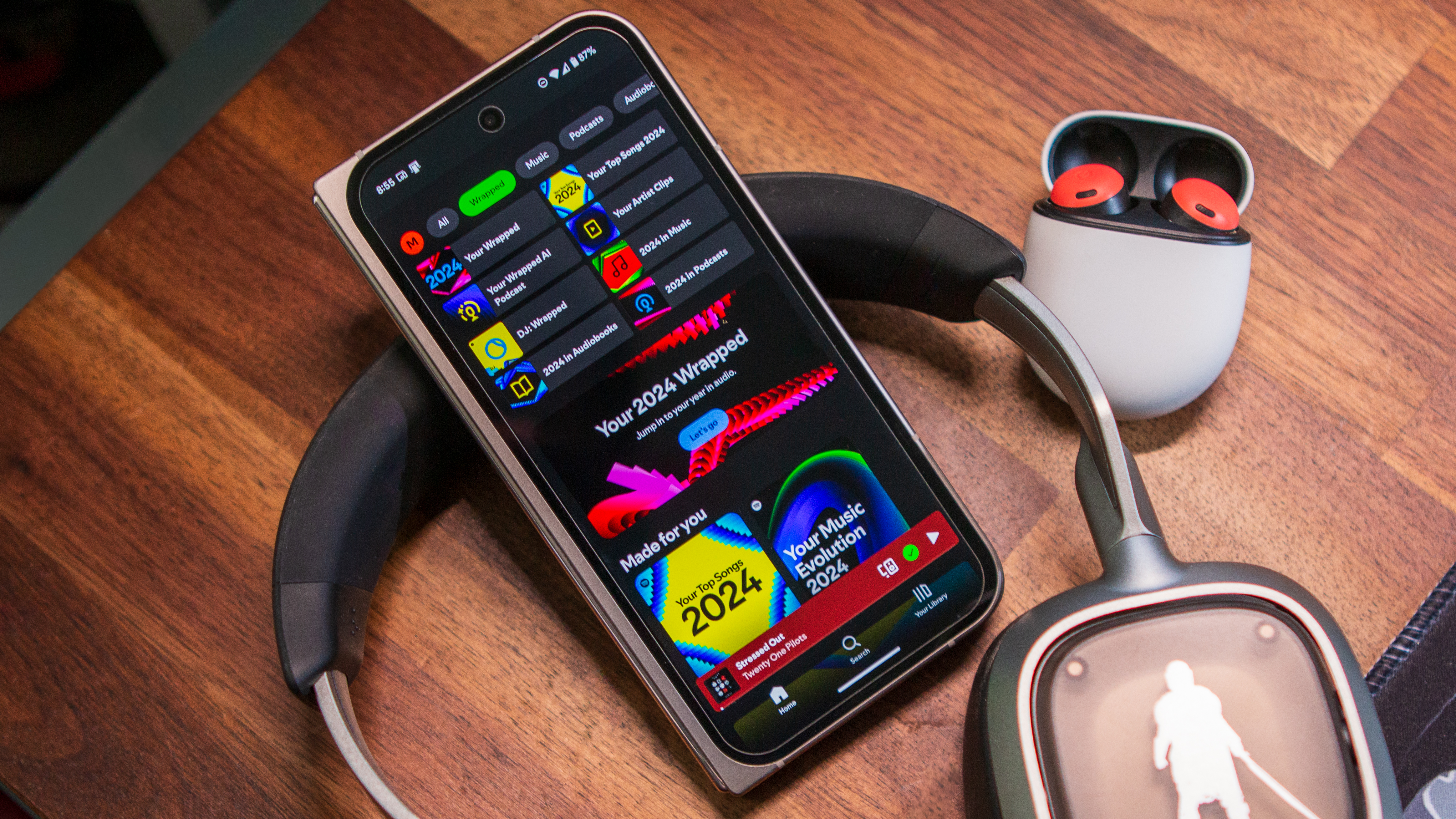Lenovo: Watching CES, and the American smartphone market, from the sidelines


Tucked away deep inside the Venetian Hotel and Casino, at the end of an endless maze of slot machines and miles from the show floor at the Las Vegas Convention Center, Lenovo has set up its makeshift CES headquarters. It's a curious choice, as if Lenovo has opted to watch CES from the sidelines-- it's off the beaten path, and the luxurious spread of food and beverages stationed at the door is set up as if to beckon reporters inside to take a look and a bite.
Watching from the sidelines is not a new strategy for Lenovo, particularly when it comes to smartphones-- while the company's laptop line is one of the most successful here in the States, its tablets have found a warmer welcome outside of America. Here, its IdeaTab Android tablets have failed to make the splash that others like the Galaxy line and the Nexus 7 and 10 have easily done. Take for example the IdeaTab S2110, a device that sports a study design, speedy Snapdragon-powered performance, and a unique bundled dock that can charge the tablet from a built-in battery of its own. It's a fantastic product, one of the best convertibles on the market today thanks to Lenovo's extensive knowledge of how to build a laptop, yet most Americans have never heard of it. And Lenovo seems fine with that.
It's this hesitancy to make more of a splash here in the States that has single-handedly driven its smartphone strategy. Here at CES, we met one of the most gorgeous, powerful smartphones ever made: the K900. Its 2 GHZ Intel Atom processor, 5.5-inch 1080p display, and industrialized chrome design add up to one of the nicest packages we've seen here in Vegas; inside of the Venetian, it sits beneath a glass cube. This is the closest most American's will ever get to one of the most exciting smartphones of the year-- company reps say that there are no plans to bring the device to the United States.
The K900 is just one of many stellar smartphones made by Lenovo: there's also the IdeaPhone K860 with its quadcore Exynos processor and 5-inch 720p IPS display, and the IdeaPhone P770 with Jelly Bean and a whopping 3,500 mAH battery for 29 hours of usage. These and all of Lenovo's smartphones are limited to a handful of markets, China being the largest, the U.S. not being one of them. According to a representative here at CES, Lenovo's decision to limit itself to China was based on its name recognition there. The rollout to other markets like India, the Philippines, and Vietnam has been slow and cautious. Reps say the company has plans for availability in more than its current six markets, but add that the company has no desire to share these plans.
Get the latest news from Android Central, your trusted companion in the world of Android
Why the hesitation? It can't be laziness, as a portfolio as robust as Lenovo's takes both effort and dedication. It can't be unfamiliarity with other markets, either, as Lenovo is one of the top laptop brands in the United States. The real reason could be fear-- unsure that it can take on industry leaders like Samsung and Apple, Lenovo has decided to spend the game on the sidelines instead of risking an airball.
That's not only a poor business model, but also a loss for the American consumer. Samsung has seen record profits and millions of units sold, but it is by no means the best hardware on the market today-- in fact, many of the devices on display at Lenovo's showcase make a majority of what has flooded the American market look like toys. Android was created to give consumers a choice, and to spur innovation and competition in the mobile market. As long as the Davids of the industry are afraid to take on the Goliaths, Americans will continue to miss out on innovative, breakthrough products like the K900. And that's too bad.



